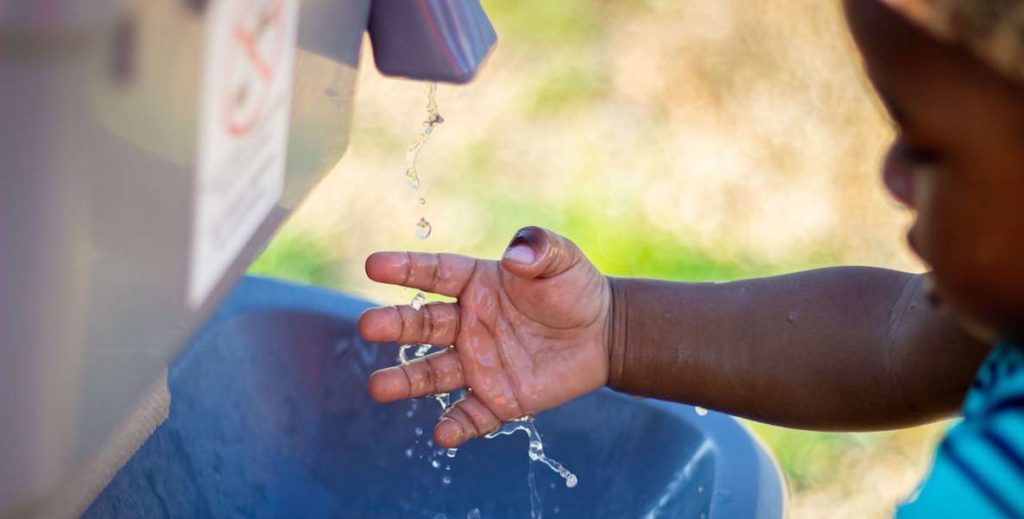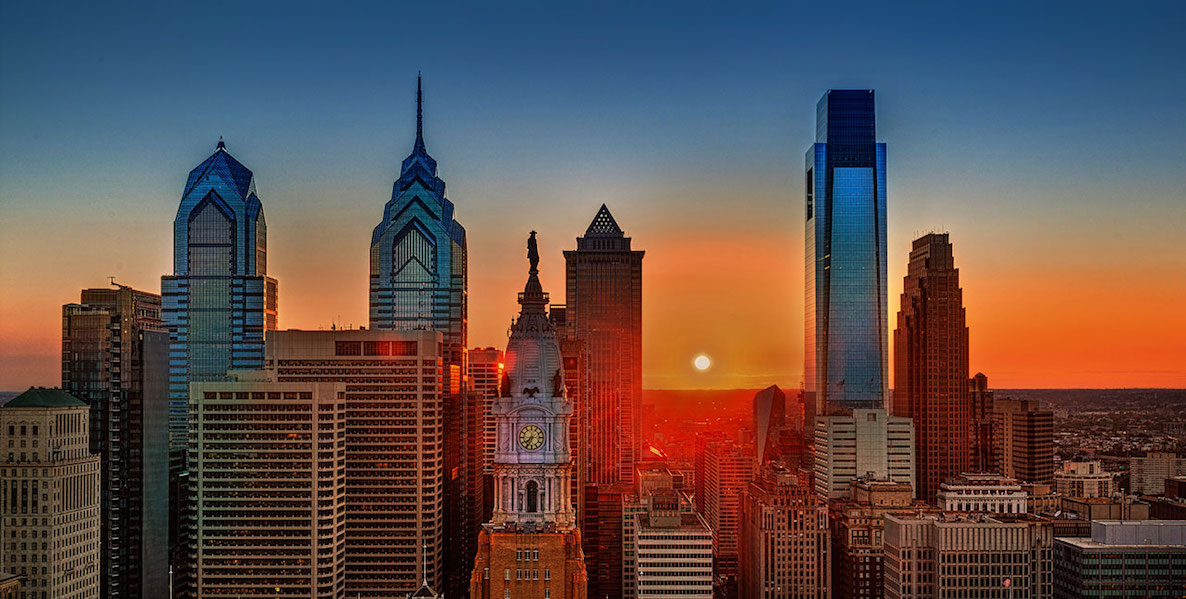Health experts are conveying coronavirus warnings as though the virus will impact Americans equally. More likely, this epidemic will hit the poor of all races and communities of color—of all socioeconomic classes—much harder.
“We can already predict based on everything we know that the burden of ill health will not be evenly experienced throughout the population,” says epidemiologist Camara Phyllis Jones, M.D., MPH, PhD, the 2019 to 2020 Evelyn Green Davis Fellow at the Radcliffe Institute for Advanced Study at Harvard University and a past president of the American Public Health Association.
Experts believe that approximately 80 percent of COVID-19 infections are mild—think: sniffles, a cold or a manageable case of the flu. About 20 percent will need to be hospitalized. Between 200,000 and 1.7 million Americans could die.
Disproportionate numbers of those hit hard will probably be black and brown.
And while public-health advice suggests that the risk of devastating outcomes is![]()
Nor is it likely to hold for other communities of color.
“Racism has created an uneven playing field in this country,” says Dr. Jones. “COVID-19 is about to expose and wreak havoc on that uneven playing field unless we organize and strategize to act.”
Our unique dangers and how to protect ourselves
-
RACISM PLACES US IN HARM’S WAY
From poverty to pandemics, racism increases the odds that we’ll experience society’s downsides.
“The increased vulnerability of people of color in this country does not just so happen,” Dr. Jones says. “Indeed, the over-representation of people of color in poverty and the over-representation of ‘white’ people in wealth does not just so happen.”
What you can do
- Call your state, local and federal representatives immediately to express your concerns that people of color will experience excessive harms.
-
MANY OF US ARE ALREADY IN NOT-SO-GREAT HEALTH
“Many communities of color have disproportionately high rates of chronic disease,” says Georges Benjamin, MD, president of the American Public Health Association.
“Anyone with anything slightly respiratory—asthma, smokers, people with COPD—these are people who really, really, need to be concerned,” adds Dr. Jones.
And our young people of color are not necessarily home free, as many experts suggest other young folk are, as they also experience racial health disparities, which weaken them.
“In general, there’s a feeling that the younger and healthier are less likely to die of COVID-19. But those who are younger in the majority community may have a better diet, exercise more and be more easily able to socially isolate themselves,” says Dr. Brooks. “All of the things that go with youth—those factors are not of the same intensity within communities of color.”
The same is true of middle-aged adults of color. “An average 40-year-old African American may have the same health profile as a 60-year-old member of the majority population,” underscores Dr. Brooks. This crosses socioeconomic class.
Adding insult to injury, “We have higher environmental exposures, which put our bodies at higher risk, including living in environmental sacrifice zones, or near highways or bus transfer stations, all of which affect our respiratory function and reserve,” says Dr. Jones.Do this:
What you can do
- Stop smoking, take your meds and inhaler, physically distance yourself from others, and strengthen your immune system.
-
WE EXPERIENCE GREATER OVERALL STRESS
“Stress undermines the immune system and raises your blood pressure, and high blood pressure increases your risk of negative outcomes from COVID-19,” Dr. Benjamin says.
What you can do
- Take your meds, get plenty of sleep and engage in self-care and self-soothing.
-
WE HAVE LESS MARGIN FOR ERROR
In general, “We have limited or no wealth or savings; limited or no health insurance; limited or no paid sick leave; limited material resources even in extended families,” says Dr. Jones.
What you can do
- Cut back hard on your spending—necessities only.
- Follow the Centers for Disease Control and Prevention’s (CDC) advice to create a protective action plan.
- Strategize with family, church and community members about how you can look out for each other. “We need to create loose care networks,” Dr. Jones advises. “They might expose us to one another, but we need to reach out and have a plan.”
-
WE ARE MORE LIKELY TO BE UNINSURED OR UNDERINSURED OR NOT HAVE A PRIMARY CARE PHYSICIAN.
In 2018, some 7 percent of Asian/Native Hawaiian and Pacific Islanders and 8 percent of white Americans remained uninsured as compared to more than 11 percent of black Americans, 19 percent of Hispanic Americans, and 22 percent of Native Americans. No wonder we’re less likely to have a doctor.
But not having insurance or being connected to a healthcare provider leaves us in greater peril.
“If we’re having a mild fever and respiratory symptoms, we may not go seek care, but may need care to get screened for COVID-19,” says Dr. Brooks.
How to take action
- Follow these steps if you or someone in your home gets sick.
- Be clear when you call your doctor or hospital. Say, “By the way, I have diabetes, high blood pressure, live in a two-bedroom apartment with six people and use public transportation, so they know you are more likely to have COVID-19 and to have a bad outcome,” Dr. Brooks says. “Be very open about your present health status.”
- If you are diagnosed with COVID-19, seek medical help immediately if you have any trouble breathing, especially during the second week, when the disease often takes a significant turn for the worse. “This is a reasonable reason to call 911,” says Dr. Brooks.
- Relentlessly demand that our elected officials pass legislation that covers coronavirus medical bills even for the uninsured, expands the social safety net and increases healthcare coverage for everyone.
-
IT’S HARDER TO SOCIALLY DISTANCE OURSELVES AND SELF-QUARANTINE.
Many people of color live in cities, dense neighborhoods or public housing, while others experience housing insecurity or houselessness. Our families tend to be larger, and more than one generation may live under one roof, exposing vulnerable adults to children and teens.
Many people of color also work in service industries, including healthcare, public transit systems, Uber drivers and cashiers, and in other forward-facing jobs that expose us to the public’s germs.
How to take action
- Tightly limit who interacts with your elders, but don’t let them become socially isolated.
- Reduce your risk at work. “I would do everything I felt was proper—asking to work in a back office or frequent hand sanitizing—and exercise empowerment over my body. If I felt it was necessary, I would wear a mask.”
-
OUR JOBS PAY US LESS AND OFFER FEWER BENEFITS
Though many folks may be rehired, layoffs have arrived. Turns out, more than half of Americans are at risk of layoffs, furloughs, or reductions in hours or wages.
What you can do
- Tell your elected officials to pass laws that include direct payments of cash to all Americans. It should also protect small business-owners, increase paid sick leave and increase unemployment insurance, Medicaid funds for the vulnerable, and more.
- Search for part-time work. Some large grocery chains are hiring, including for personal shoppers and delivery drivers, and Amazon is looking for 100,000 warehouse and delivery workers.
-
THERE ARE WHITE SUPREMACISTS IN THE WHITE HOUSE
“The racism that led to the election of 45 is going to cost many people their life,” says Dr. Jones. “This is truly an example of how racism saps the strength of the whole society.”
What you can do
- Help your friends and family get registered and then vote him out!
Hilary Beard is a Philadelphia based writer and the author of Health First!: The Black Woman’s Wellness Guide and Promises Kept: Raising Black Boys to Succeed in School and in Life. This piece originally ran in Colorlines.


